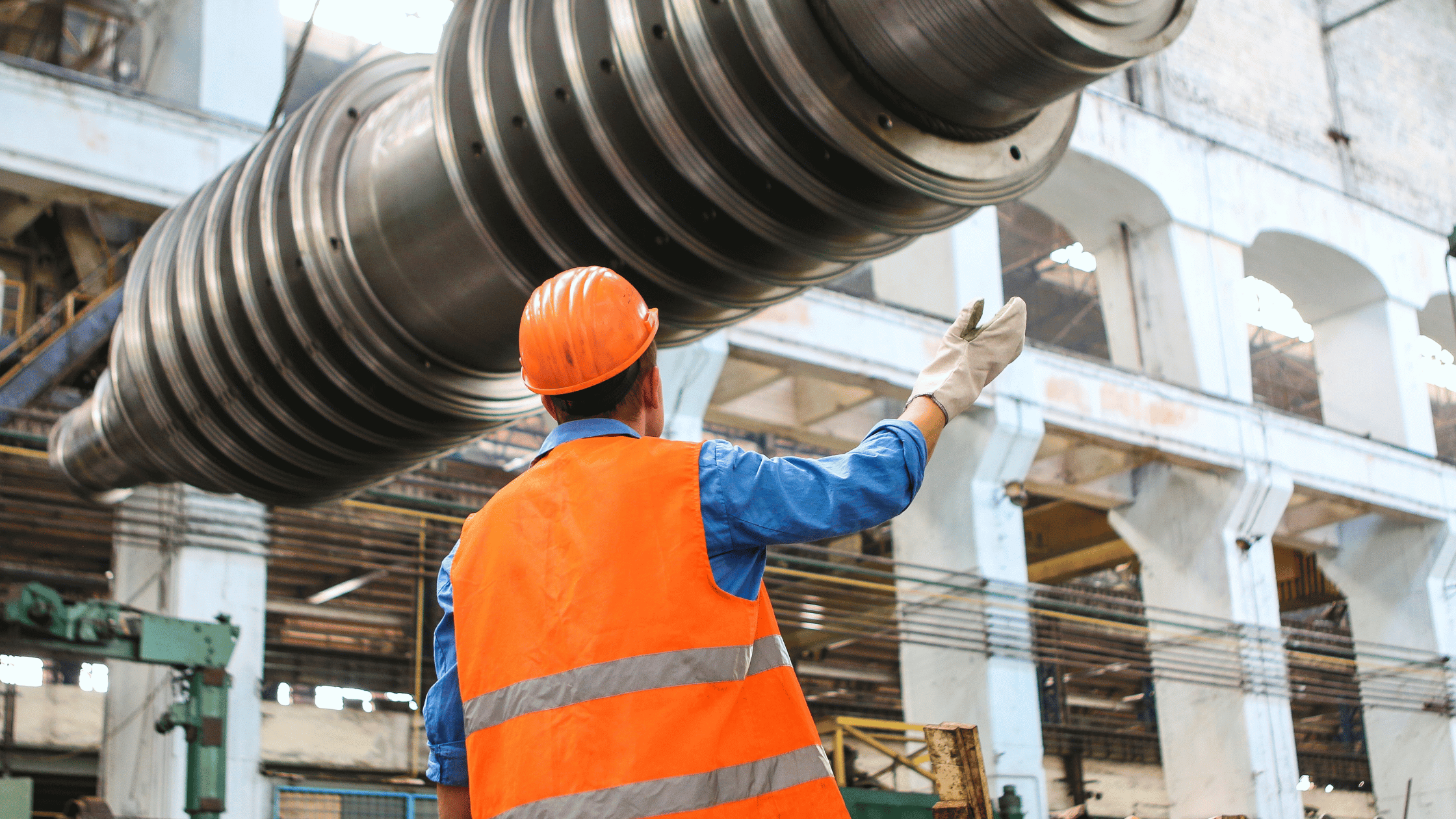The Blueprint to a Healthy Career: Physical Therapy for Construction Workers

Licensed Physical Therapist, PT, DPT // EW Motion Therapy Homewood
Imagine a world without skyscrapers, bridges, or well-built homes. Construction workers are the unsung heroes behind these magnificent structures, dedicating their time and effort to create the world we live in. However, the demanding nature of construction work often affects their bodies, leading to various injuries and conditions. Physical therapy can be an excellent tool to help any construction worker get back on the job faster - we treat many construction workers at EW Motion Therapy and even accept worker’s compensation. Even if you decide that our physical therapy doesn’t fit your needs, you can still read on as we explore construction workers’ most common injuries and conditions and learn how physical therapy plays a crucial role in recovery and overall well-being.
Common injuries and conditions among construction workers
- Muscle strains and sprains: Construction workers frequently engage in physically demanding tasks, such as lifting heavy materials and equipment, leading to muscle strains and sprains. These injuries can occur in various body parts, including the back, shoulders, and knees.
- Back pain: Constantly lifting, bending, and twisting in construction work can lead to chronic back pain. Poor lifting techniques and improper posture can exacerbate this issue.
- Carpal tunnel syndrome: Construction workers who frequently use vibrating tools like jackhammers are at risk of developing carpal tunnel syndrome. This condition causes numbness and tingling in the hand and wrist.
- Knee injuries: Climbing ladders, walking on uneven surfaces, and carrying heavy loads can strain the knees tremendously, leading to injuries like tendonitis or even more severe conditions like meniscus tears.
- Rotator cuff tears: Overhead work and repetitive lifting can result in rotator cuff tears, causing pain and limited range of motion in the shoulders.
- Fractures: Accidents can happen on construction sites, leading to fractures of various bones, such as the arms, legs, or ribs.
The role of physical therapy
Physical therapy is a crucial component of the rehabilitation process for construction workers dealing with injuries or conditions. A well-designed treatment plan can help them recover, regain strength, and return to work safely. Here's what a typical physical therapy plan may look like:
- Initial assessment: The first step is a thorough assessment by a physical therapist. They will evaluate the worker's condition, including range of motion, strength, and specific pain points. Your doctor may use X-rays or MRI scans to diagnose severe injuries like fractures.
- Goal setting: Based on the assessment, the physical therapist and the worker set specific goals for the treatment. These goals include reducing pain, improving mobility, and regaining strength.
- Pain management: If the worker is experiencing significant pain, the physical therapist may use modalities such as ice, heat, or electrical stimulation to alleviate discomfort.
- Manual therapy: Hands-on techniques like massage, joint mobilization, and stretching can help improve flexibility and reduce muscle tension.
- Strengthening exercises: A customized exercise program targets the worker's specific needs. For example, core strengthening exercises can help prevent back pain, while leg exercises can aid knee rehabilitation.
- Balance and coordination training: Construction workers must often maintain balance on scaffolding or ladders. Balance and coordination exercises are essential for preventing falls and injuries.
- Ergonomic education: Workers are educated on proper body mechanics and ergonomics to minimize the risk of future injuries, including techniques for lifting, carrying, and using equipment safely.
- Home exercise program: Workers are given exercises to perform at home to complement their in-clinic sessions. Consistency with these exercises is crucial for progress.
- Progress monitoring: The physical therapist continually monitors progress throughout the treatment and adjusts the plan as needed, ensuring the worker is on track to meet their goals.
- Return-to-work plan: When the worker has made significant progress, the physical therapist collaborates with the employer to develop a safe return-to-work plan. This plan may include modified duties or work restrictions to prevent re-injury.
Construction workers are the backbone of our infrastructure, but their physically demanding jobs can lead to various injuries and conditions. Physical therapy is vital to their recovery, helping them regain strength, mobility, and confidence. By following a well-structured treatment plan, construction workers can return to work and prevent future injuries, ensuring a healthier and more sustainable career in this challenging industry. Our physical therapists at EW Motion Therapy consider it a privilege to help anyone in construction recover and return to the job site quickly. If you’re curious about what else physical therapy can do for you, click the button below to download our answers to 20 frequently asked questions.


